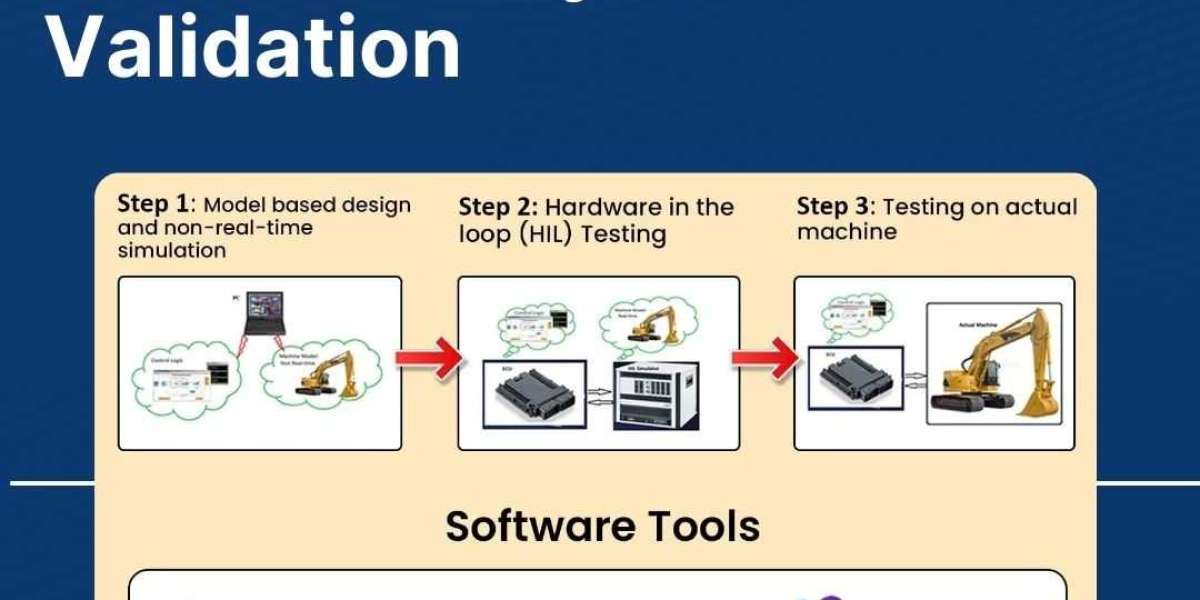In modern embedded systems development, Hardware-in-the-Loop (HIL) testing has emerged as an essential method for validating and verifying complex control systems. It allows engineers to simulate real-world conditions by integrating software models with physical hardware components, creating a safe and controlled environment for testing. This method reduces the need for expensive prototypes and accelerates the development process by detecting issues early, enhancing system reliability.
Understanding HIL Testing:
HIL testing bridges the gap between software simulations and real-world hardware testing. It involves connecting a physical controller (like an ECU) to a simulated environment and replicating real-world inputs and responses. This setup enables thorough testing of control algorithms without the risks and costs associated with testing on physical systems.
Benefits of HIL Testing:
Early Issue Detection: HIL testing identifies software and hardware issues early, reducing the cost of fixing defects later in the development cycle.
Improved Safety: By simulating hazardous scenarios in a controlled environment, HIL testing ensures system safety without putting physical components or users at risk.
Cost Efficiency: It minimizes the need for expensive physical prototypes and allows for extensive testing before physical integration, saving both time and resources.
Scalability: HIL testing can be scaled for different systems, making it suitable for various industries, including automotive, aerospace, and industrial automation.


